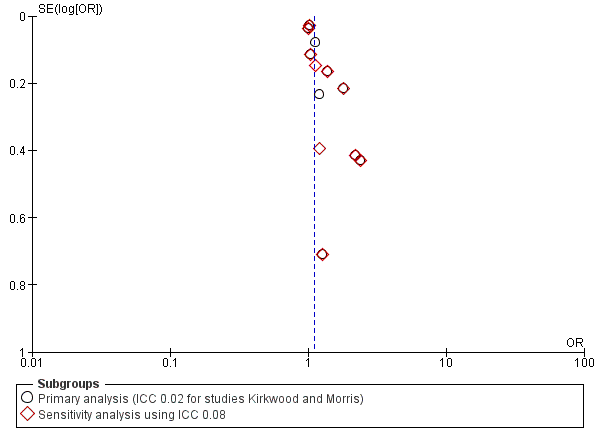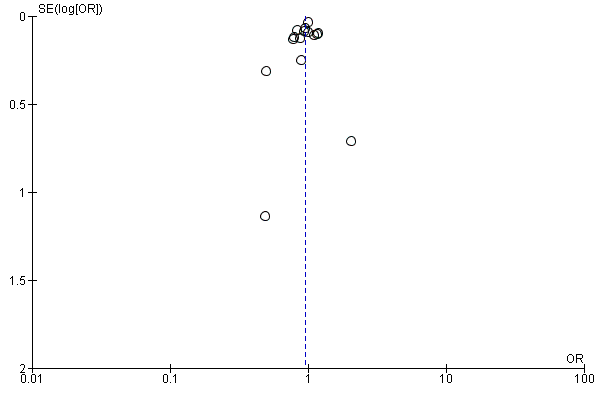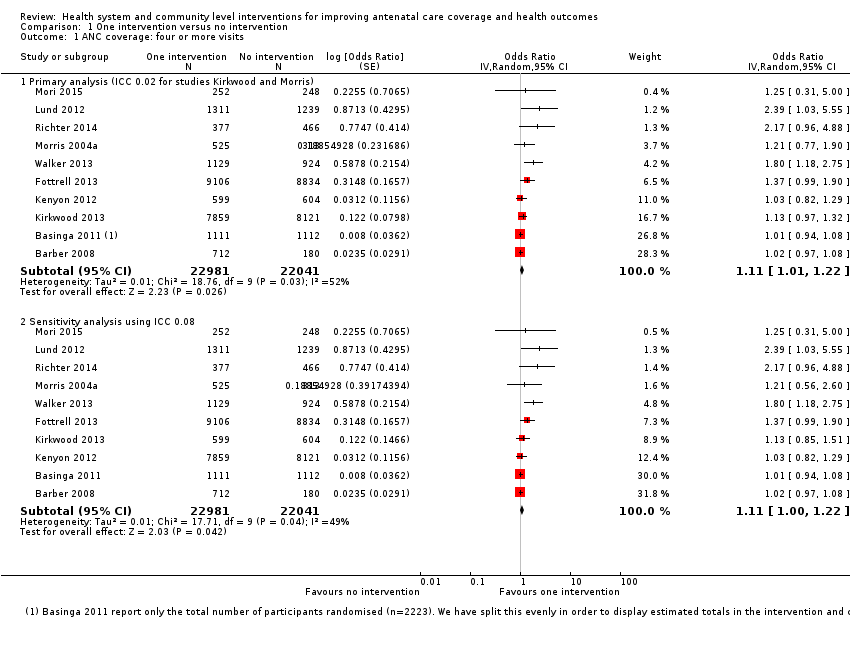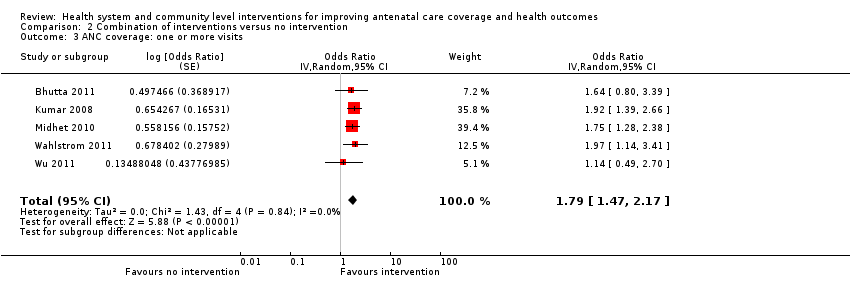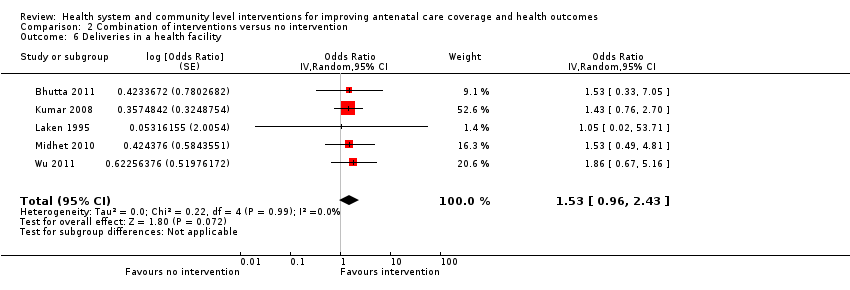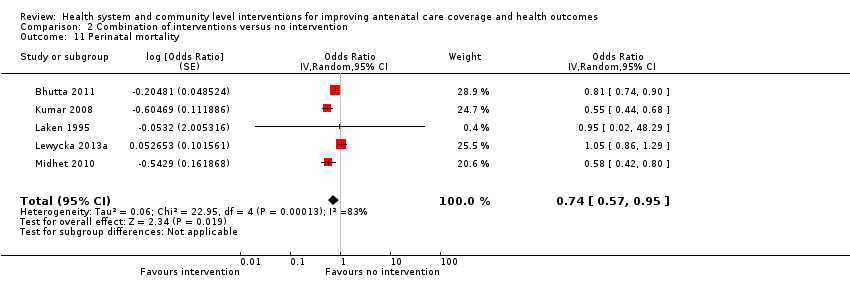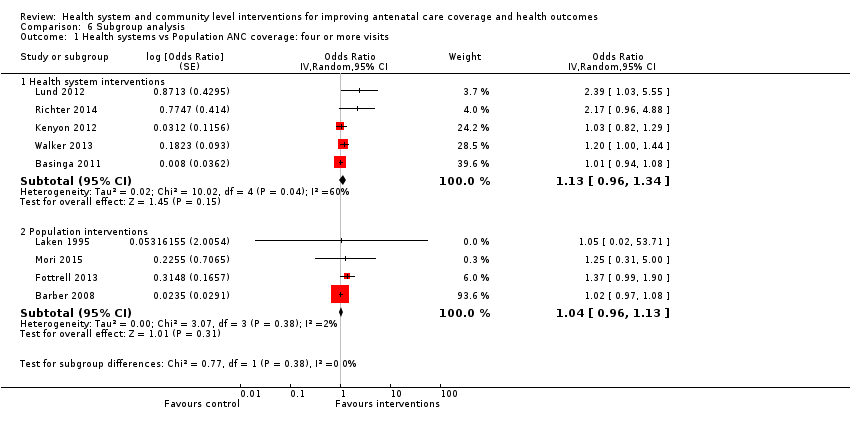Contenido relacionado
Revisiones y protocolos relacionados
Jodie M Dodd, Therese Dowswell, Caroline A Crowther | 6 noviembre 2015
Zohra S Lassi, Zulfiqar A Bhutta | 23 marzo 2015
Katharina da Silva Lopes, Yo Takemoto, Erika Ota, Shinji Tanigaki, Rintaro Mori | 6 marzo 2017
Christine E East, Mary A Biro, Suzanne Fredericks, Rosalind Lau | 1 abril 2019
Emily Shepherd, Rehana A Salam, Philippa Middleton, Maria Makrides, Sarah McIntyre, Nadia Badawi, Caroline A Crowther | 8 agosto 2017
Therese Dowswell, Guillermo Carroli, Lelia Duley, Simon Gates, A Metin Gülmezoglu, Dina Khan‐Neelofur, Gilda Piaggio | 16 julio 2015
Jane Sandall, Cristina Fernandez Turienzo, Declan Devane, Hora Soltani, Paddy Gillespie, Simon Gates, Leanne V Jones, Andrew H Shennan, Hannah Rayment-Jones | 10 abril 2024
Catherine Chamberlain, Alison O'Mara‐Eves, Jessie Porter, Tim Coleman, Susan M Perlen, James Thomas, Joanne E McKenzie | 14 febrero 2017
Erika Ota, Katharina da Silva Lopes, Philippa Middleton, Vicki Flenady, Windy MV Wariki, Md. Obaidur Rahman, Ruoyan Tobe-Gai, Rintaro Mori | 18 diciembre 2020
Christine M Furber, Linda McGowan, Peter Bower, Evangelos Kontopantelis, Siobhan Quenby, Tina Lavender | 31 enero 2013




